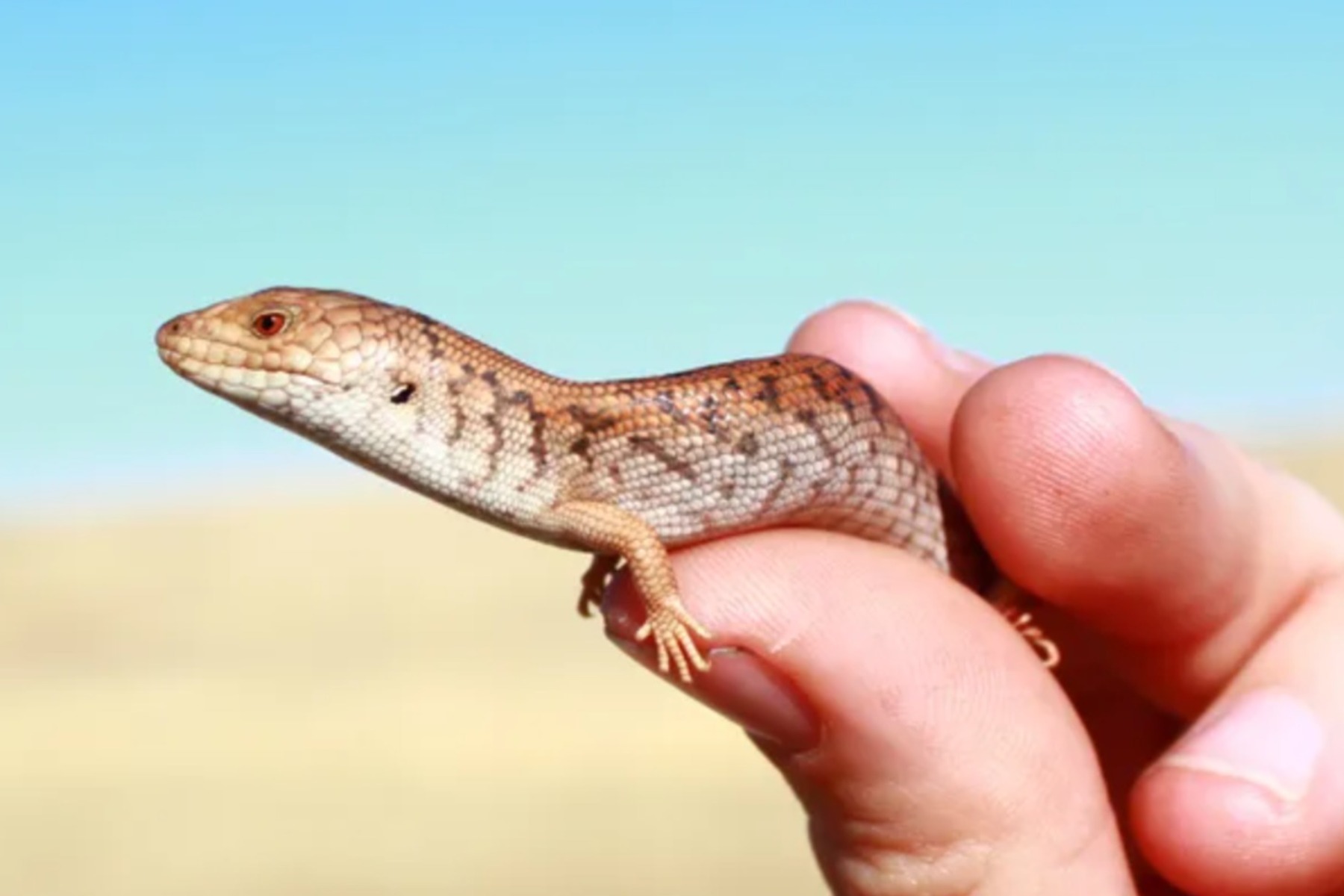Protecting our most vulnerable species and ecosystems
South Australians have been destroying their grasslands for 191 years, writes Greg Taylor. It’s not too late to stop.

Included within the state budget last week was a hint at big changes to come.
More than $8 million has been allocated to preparations for 2026, when South Australia could – if it beats out Türkiye – host COP31. But while hosting the international climate change conference would be an economic boon, it would also shine a spotlight on our actions to address climate change. Some of these actions, given their ecological destructiveness, would likely prefer to keep to the shadows.
The Iron-grass Natural Temperate Grasslands of South Australia once stretched across more than 750,000 hectares to the north and east of Adelaide. Over the 19th and 20th centuries, however, land conversion for agriculture reduced the extent of these grasslands by more than 99 per cent. Today, fewer than 5000 hectares remain. These exist in small, scattered patches typically less than 20 hectares in size. The vast majority are found on private land.
Around the time that the grasslands were listed as critically endangered in 2007, the animals that inhabit this ecosystem began to be listed as well. The pygmy blue-tongue lizard, a miniature relative of the common blue-tongue, was listed as endangered. The plains wanderer, an evolutionarily unique bird – nearly flightless, and the only living member of its family – was listed as critically endangered.
Today, while the pygmy blue-tongue lizard still holds on in the endangered grasslands, the plain wanderer’s presence here is tenuous. Its last strongholds are now in northern Victoria and southern New South Wales, where as few as 250 individuals may survive.
You might like

One might reasonably assume that an ecosystem that has declined by more than 99 percent would have been granted protections by now. Yet this assumption is wrong.
The Iron-grass Natural Temperate Grasslands of South Australia continue to be destroyed.
An energy project currently under consideration by the government may soon be constructed atop remnant grasslands just 200 kilometres north of Adelaide. This project, the Whyte Yarcowie Wind Farm, would wipe out 49 hectares of grasslands – or 1 per cent of the little that remains.
Stay informed, daily
The wind farm, through the construction of its turbines and access roads, would not only destroy these grasslands outright, it would also fragment the 1609 hectares of grasslands that will be left behind in the surrounding area.
Construction and maintenance vehicles would introduce invasive weeds along the access roads and from there they can reach several metres into the surrounding grasslands, degrading the habitat quality. This is why weed invasion is listed as a key threatening process under the grasslands’ National Recovery Plan.
Plains wanderers may no longer inhabit the proposed site of the new wind farm, but pygmy blue-tongue lizards do. And the wind farm’s new access roads would be deadly.
Construction vehicles would rumble up and down these roads for two to three years, after which maintenance vehicles would regularly make their rounds of the wind farm for the project’s 25-30-year lifespan. Then will come decommissioning, which will bring more rumbling construction vehicles for another 12 months before whatever remains of the pygmy blue-tongue are finally left in a weed-marred, degraded form of peace.
There are also two or three wedge-tailed eagle pairs that inhabit the area, regularly nesting less than one kilometre from where there may soon be wind turbines, the blades of which will spin at the same altitude as an eagle soars when it is searching for prey. Which means the total lack of any turbine-strike minimisation plans from the developer is worrying.
The Iron-grass Natural Temperate Grasslands of South Australia are firmly on the path to extinction. Why can we not set aside these 5000 hectares – no more than 0.67 per cent of their former selves – and say, “this is protected forever. This is to be maintained in perpetuity”.
For now, the Whyte Yarcowie Wind Farm remains a proposal. It is open for public comment until 16 June. There is still time to tell the developer to revisit the drawing board. To put this wind farm somewhere else.
At a time when South Australia is preparing to stand on the world stage, we should be displaying leadership. We should be showing the world how to invest in renewable energy while also protecting our most vulnerable species and ecosystems.
This is the responsibility we take on when we invite the world in.
Greg Taylor is an ecologist with a research specialty in the behavioural and evolutionary ecology of birds.








